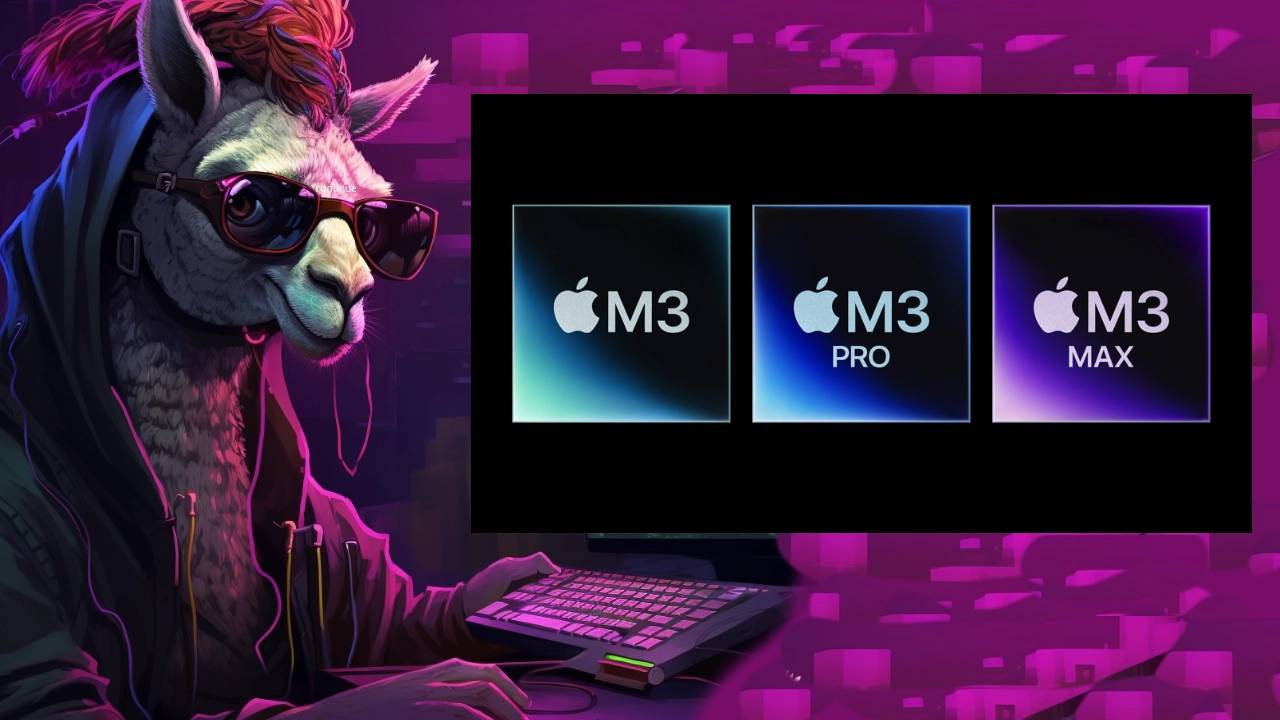Home >Common Problem >Running Llama 2 natively on an Apple M3 Silicon Mac
Running Llama 2 natively on an Apple M3 Silicon Mac
- WBOYWBOYWBOYWBOYWBOYWBOYWBOYWBOYWBOYWBOYWBOYWBOYWBforward
- 2023-11-29 11:33:571045browse
Apple launched the new M3 Silicon back in October and is now using it in many different systems, allowing users Be able to benefit from the next generation processing offered by the chip family. If you're interested in learning more about running large language models on the latest Apple M3 chips, you'll be happy to know that Techno Premium has been testing and demonstrating Meta's Llama 2 running on Apple chip hardware What do you get from the processing power when it comes to large language models. Watch the video below. If you are interested in the capabilities of large language models like Llama 2 and how they perform on cutting-edge hardware, the introduction of the M3 chip provides a great opportunity to run large language models natively. Benefits include:
Enhanced GPU Performance: A New Era of Computing- The M3 chip features a next-generation GPU, marking a major advancement in Apple's silicon graphics architecture. Its performance isn't just about speed; it's about efficiency and the introduction of breakthrough technologies like dynamic caching. This feature ensures optimal memory usage for every task, an industry first. what is the benefit? Rendering is 2.5x faster than the M1 chip series. This means that for large language models like Llama 2, processing of complex algorithms and data-intensive tasks becomes smoother and more efficient.
- Unmatched CPU and Neural Engine Speed The M3 chip’s CPU has a performance core that is 30% faster and an efficiency core that is 50% faster than the M1. The Neural Engine is critical for tasks like natural language processing and is 60% faster. These enhancements ensure that large language models that require intensive computing power run more efficiently, resulting in faster, more accurate responses.
- A notable addition to the M3 chip is its new media engine, including support for AV1 decoding. This means an improved and efficient video experience, which is critical for developers and users who use multimedia content with language models.
- Redefining the Mac Experience Johny Srouji, Apple’s senior vice president of hardware technologies, emphasized that the M3 chip is a paradigm shift in personal computing. Powered by 3nm technology, enhanced GPU and CPU, a faster neural network engine, and expanded memory support, the M3, M3 Pro, and M3 Max chips are powerful engines for high-performance computing tasks such as running advanced language models.
- Dynamic Cache: A Revolutionary Approach Dynamic Cache is the core of M3’s new GPU architecture. It dynamically allocates local memory in the hardware in real time, ensuring that each task uses only the necessary memory. This efficiency is key to running complex language models, as it optimizes resource usage and improves overall performance.
- Introduction to Ray Tracing and Mesh Shading The M3 chip brings hardware-accelerated ray tracing technology to Mac for the first time. This technology is critical for realistic and accurate image rendering, and they also benefit language models when they are used in conjunction with graphics-intensive applications. Mesh shading is another new feature that enhances the handling of complex geometries, which is important for graphical representation in AI applications.
- Legendary Power Efficiency Despite these advancements, the M3 chip maintains the power efficiency that is the hallmark of Apple silicon. The M3 GPU delivers performance comparable to the M1 while consuming nearly half the power. This means running large language models like Llama 2 becomes more sustainable and cost-effective.
- If you're considering using a large language model like Llama 2 natively, the latest Apple M3 series chips deliver unprecedented levels of performance and efficiency. You'll be happy to know that whether it's faster processing, enhanced graphics capabilities or more efficient power usage, the Apple M3 chip can meet the demanding needs of advanced AI applications.
The above is the detailed content of Running Llama 2 natively on an Apple M3 Silicon Mac. For more information, please follow other related articles on the PHP Chinese website!


